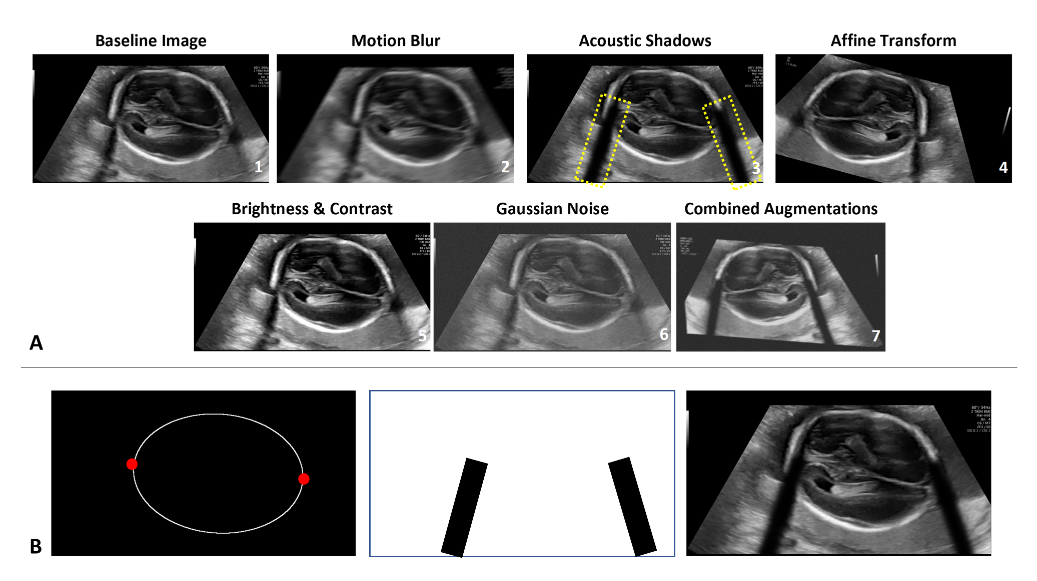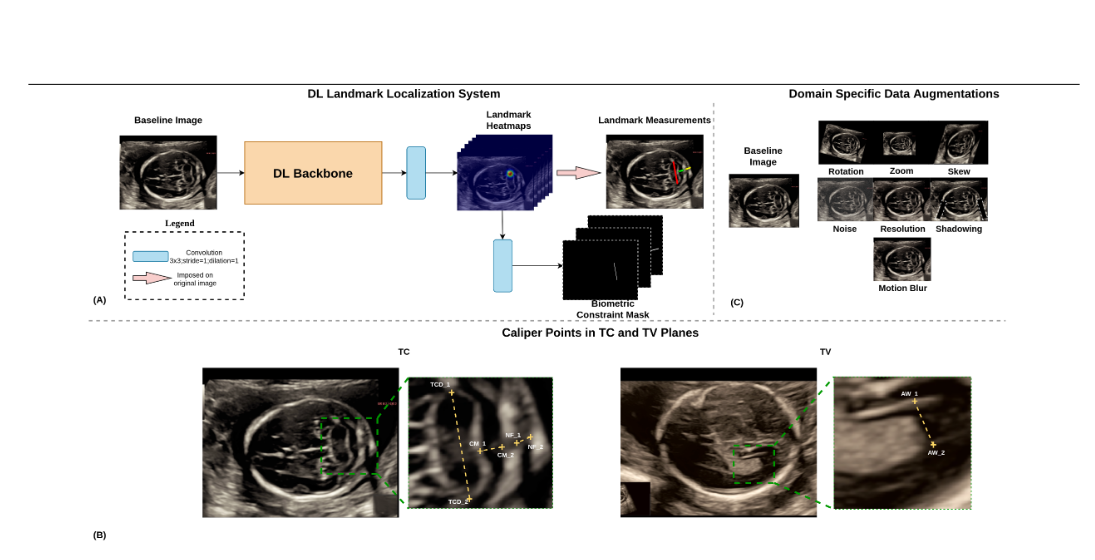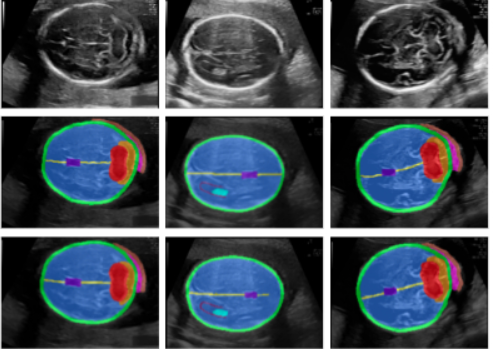Adithya Narayan
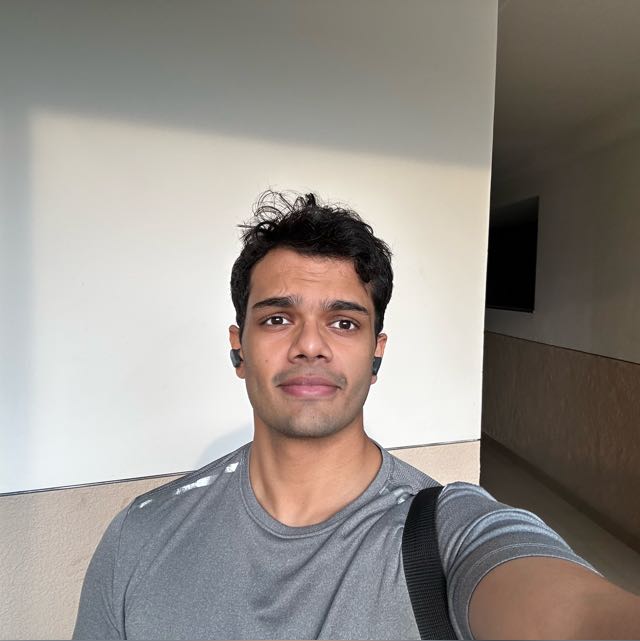
Hello! I’m Adithya, a Graduate Research Assistant at the Human Sensing Lab, advised by Prof. Fernando De la Torre. I’m also a Master of Science in Computer Vision (MSCV) student at the Robotics Institute, Carnegie Mellon University. I completed my undergrad with a major in Electronics and Communication with a minor in Computational Mathematics from Manipal Institute of Technology in 2021. My primary interests lie in Computer Vision, Artificial Intelligence and Computer Graphics.
Prior to this, I worked for 3 years as a Machine Learning Engineer/Applied Research Engineer. At Arintra, I utilized LLMs to solve the problem of medical coding. I also worked at Klothed, where I had the pleasure of working with Prof. James O’Brien on the problem of clothed human mesh recovery. I also explored its applications in virtual tryons during my time here.
During my undergrad, I did my thesis under the supervision of Dr. Sripad Devalla at Origin Health, where I worked on the early detection of fetal anatomies from second-trimester ultrasound scans. Prior to this, during my senior year summer, I also worked with Prof. Sachin Patkar at Indian Institute of Technology, Bombay on a SLAM related project.
news
| Dec 29, 2024 | Will be serving as a reviewer for IJCV 2025! |
|---|---|
| Sep 15, 2024 | Joined the Human Sensing Lab under Prof. Fernando De la Torre . |
| Aug 24, 2024 | Started the Master of Science in Computer Vision (MSCV) program at Carnegie Mellon University! |
| Oct 01, 2022 | Presenting two papers at SPIE and ISBI! |
| Oct 01, 2021 | Presenting an oral and poster paper at ISUOG 2021! |
latest posts
| Jan 25, 2023 | Simulating Fabrics: A Spring Element Approach |
|---|---|
| Sep 27, 2018 | Segmentation Of Heartbeat Sounds Using Shannon Energy Envelopes |
| Jan 01, 2018 | Object Tracking Bot With IP Webcam and OpenCV |
selected publications
selected projects
AvatarsFTW: 3D Human Avatars From The Wild
Authors: Adithya Narayan , Kaustav Mukherjee , Shaurye Aggarwal
We propose a two-part, inpainting and body fitting pipeline that alleviates 3D human reconstruction issues with human-object interactions, occlusions, and dynamic poses. The inpainting pipeline uses keypoint detection and a novel keypoint estimation technique, uses LaMa for occluding object removal, Stable Diffusion with ControlNets for generation of missing areas, and a GAN inversion step to create a seamless, plausible human reconstruction. The body fitting pipeline uses an improved regressor and adds more losses to the iterative fitting stage to achieve a better human mesh fit in dynamic poses. The figure above demonstrates our work's ability to inpaint human images, generate improved meshes for incomplete images, and fit better human meshes to a variety of highly dynamic poses.
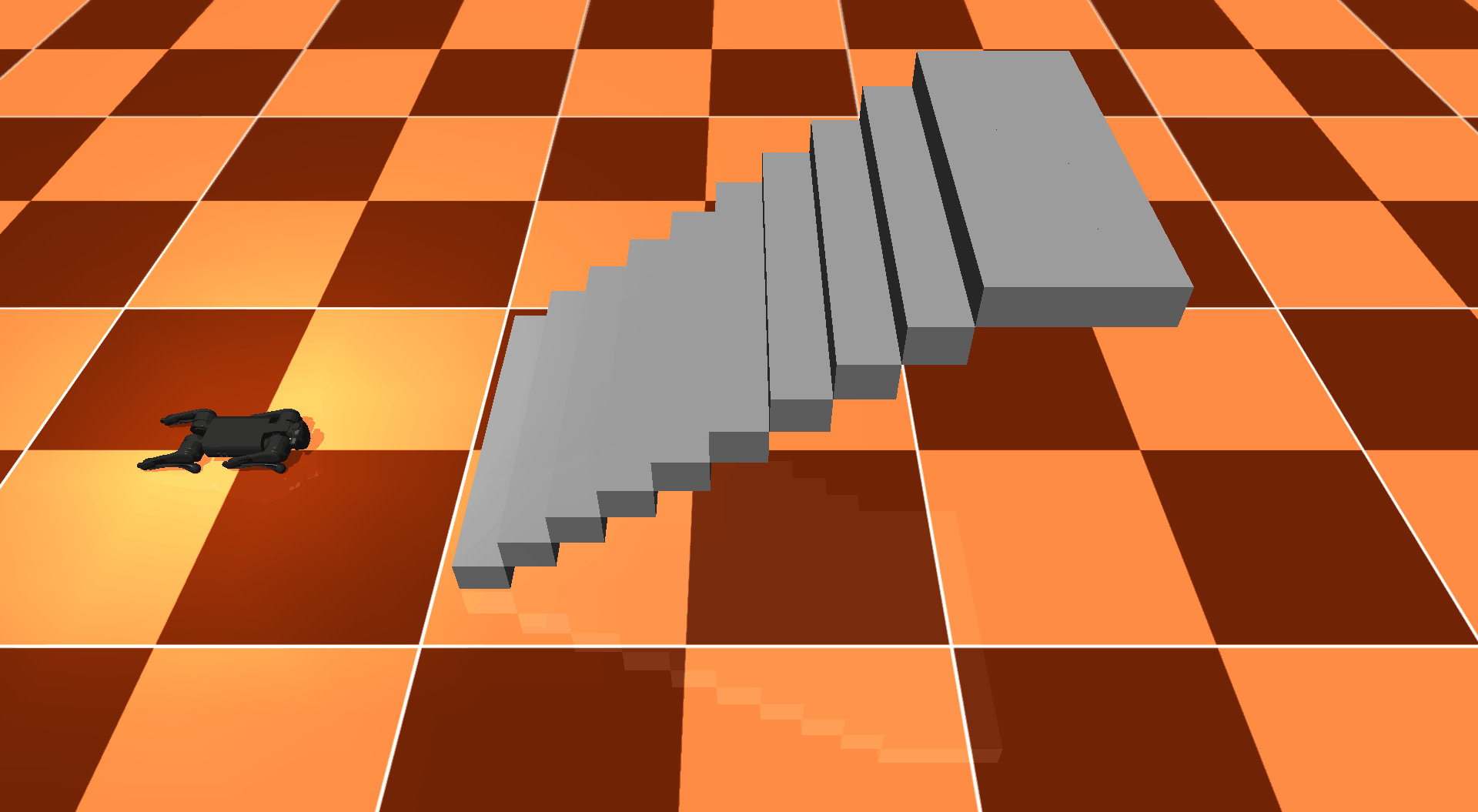
Warm Start and Knot Point Interpolation for Whole Body MPPI
Authors: Anoushka Alavilli , Adithya Narayan , Alyn Kirsch Tornell , Colleen Que , Lamia Alsalloom
We build upon the results from “Real-Time Whole-Body Control of Legged Robots with Model-Predictive Path Integral Control,” by Alvarez-Padilla, et al., which introduces whole-body sampling-based control for locomotion and manipulation on quadrupedal robots. Our contributions include the implementation of warm-starting to speed up the control trajectory optimization process, an ablation of spine interpolation order and knotpoint density, and tests of these improvements on newly designed terrains. We see that warm-starting and changes to spline order can help in some cases, such as stair-climbing and uneven terrain traversal, whereas the nominal implementation of MPPI is best for more basic tasks such as trotting in place.
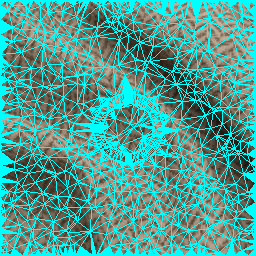
Optimizing Fabrics in 2D
Authors: Adithya Narayan
Leveraging vectorized operations in Numpy to find a quick solution to optical flow systems in 2D.
